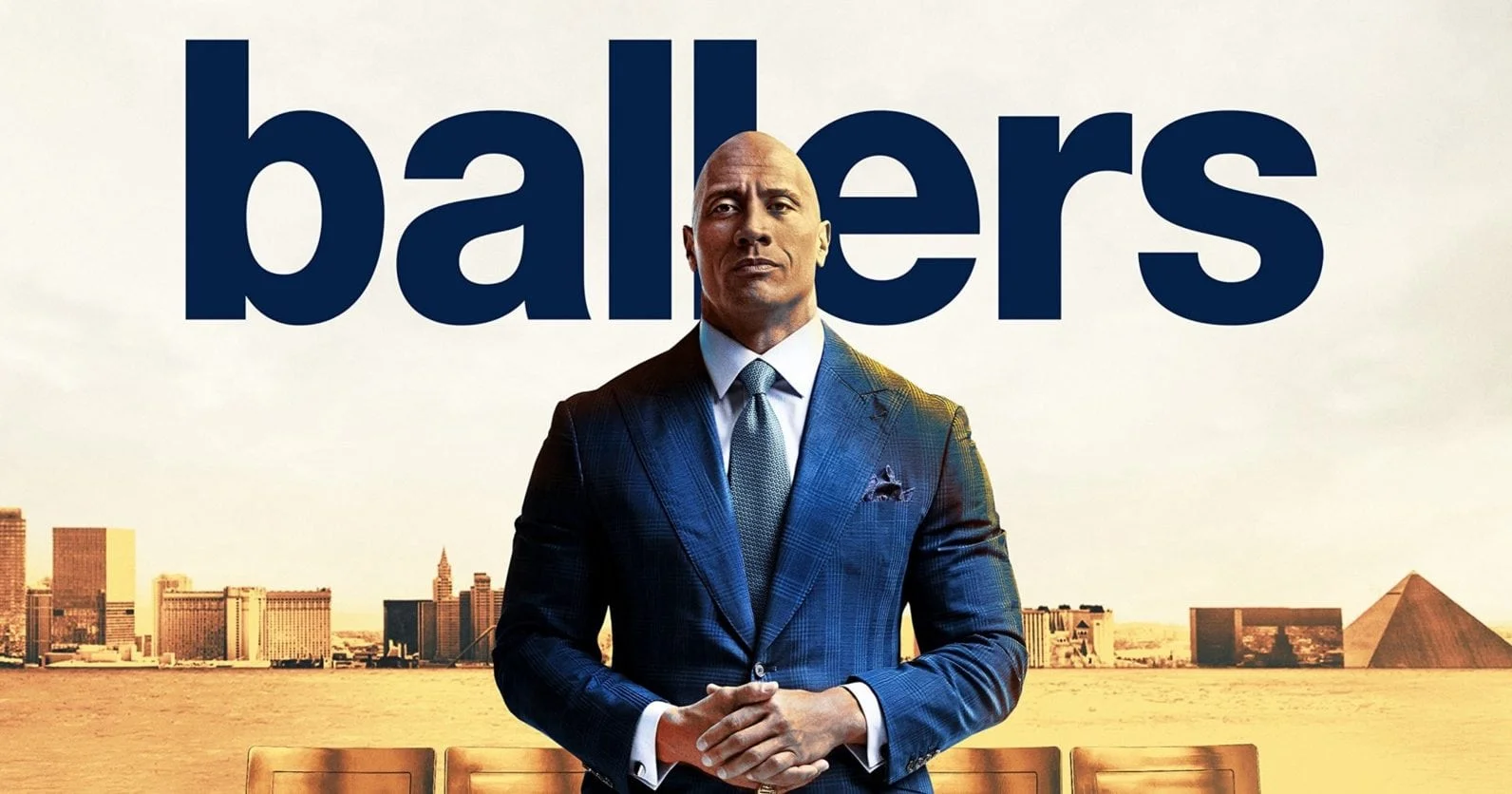After the overwhelming reception of our Silicon Valley article series, Orsus Gate is branching out to help other shows in woeful need of legal advice.
This time, we’ve set our sights on HBO’s hit show: Ballers. As a quick recap, the first three seasons see Spencer Strasmore (Dwayne Johnson) transition from a retired and broke NFL star to a successful financial manager. With his partner, Joe Krutel, the two rise from middle management to owning their own company (ASM) with a client roster of professional athletes.
Season 4 begins with the Miami duo heading West to purchase the controlling share of Sports X—a cash-strapped surf network led by founder and CEO Lance Klians. Making the deal with little to no due-diligence, the ASM team and Lance immediately butt heads over creative and managerial differences.
After a few episodes of infighting, Lance begins flexing his muscles by frivolously spending ASM’s recently invested money. At Lance’s impromptu house-party, Spencer abruptly confronts and fires Lance.
Without missing a beat, Lance immediately turns around and starts his own company, finds new financial backers, and poaches most of Sports X’s clients and staff. As a result, Sports X’s value plummets overnight and ASM is stuck with a sinking company and the ire of their investors.
Firing a founding CEO is never easy. However, the Spencer Strasmore method is a virtual roadmap of what not to do. Here are some steps to help do it the right way:
Consider Alternatives Short of Firing: While a personality dispute is difficult to manage, the health of the company may be irreparably injured if a founder is pushed out too early or without the necessary planning. Instead of firing, there are numerous ways to curb the founder’s authority. This can be done by adding other executives to oversee spending (such as a CFO), separating the position of President and CEO, or requiring board approval for any of the founder’s major decisions. This provides time for the parties to either work out their differences or, at the very least, give the company additional time to take the steps outlined below and fire the founder the right way.
Check the Founder/CEO’s Contract: Unlike most employees, CEOs, and especially founding CEOs, frequently have some sort of employment contract or have their jobs protected by the company’s bylaws. These contracts or bylaws often require certain steps to be taken before a CEO can be fired, including proper notice, demonstration of cause, and/or a Board of Directors vote. Ignoring these steps—even if you ultimately have cause and the right to fire a CEO—will likely lead to confusion and protracted litigation.
Have a Strong Non-Compete: Although California is notoriously pro-employee and pro-competition, and its courts usually find non-competes completely unenforceable, there are some exceptions in the case of founders or partners. A good non-compete will be narrowly tailored by both time and location (for example, one year and only within the State of California), and will allow the company to request an injunction if the non-compete is broken. Although Ballers pays lip service to an existing non-compete agreement, a strong non-compete would have allowed Sports X to seek an immediate injunction against Lance, effectively freezing his ability to compete in the short term and preventing the type of hemorrhaging of employees and clients that the show portrays.
Create A Transition Plan: Most new companies, even successful and well-funded ones, aren’t very good at record keeping. When run by their original founder, a lot of processes and institutional knowledge exists solely in the founder’s head. Before firing that founder, it is important to understand exactly which hats he or she has worn and to make sure that you have other employees ready and able to step up to take over those vital responsibilities. Having failed to do this, the ASM team sees their network feed—the lifeblood of the company—go off the air within days of firing Lance.
Make Sure Your Clients Will Stay: When clients have a personal connection to the outgoing founder, it is vital that you communicate quickly with those clients to explain the transition and assure them that it will be as smooth as possible. To the extent that clients are under a contract, it may be worthwhile to remind them of their legal responsibilities, as well as offer discounts or incentives for any inconvenience they may suffer. Lance’s immediate outreach to his clients is the biggest reason why his new venture becomes an instant success.
Communicate with Staff: Assuming that your staff’s loyalty is to the company, rather than to the CEO, can end up hurting you. While we don’t suggest airing management disagreements to staff, it is important to counteract rumors and the outgoing founder’s story by crafting an effective message which explains why the transition is happening, reasserts the security of the staff’s jobs, and offers opportunities for the advancement of key staff. As Ballers aptly demonstrates, Strasmore yelling for his reduced workforce to remain at their desks is both a little too loud and far too late.
Firing a founder is the closest thing that a company will get to a divorce or a custody battle. It is always difficult, emotional, and more complicated than most other business disputes. Having an effective plan in place can ensure that the separation is a step in the right direction rather than a nail in a company’s coffin.
*As a disclaimer, since the characters and situations aren’t real, neither is our advice. These posts are meant to demonstrate to entrepreneurs that doing their own legal work makes about as much sense as trying to pull a “People’s Elbow” on Dwayne “the Rock” Johnson; it won’t be pretty.

